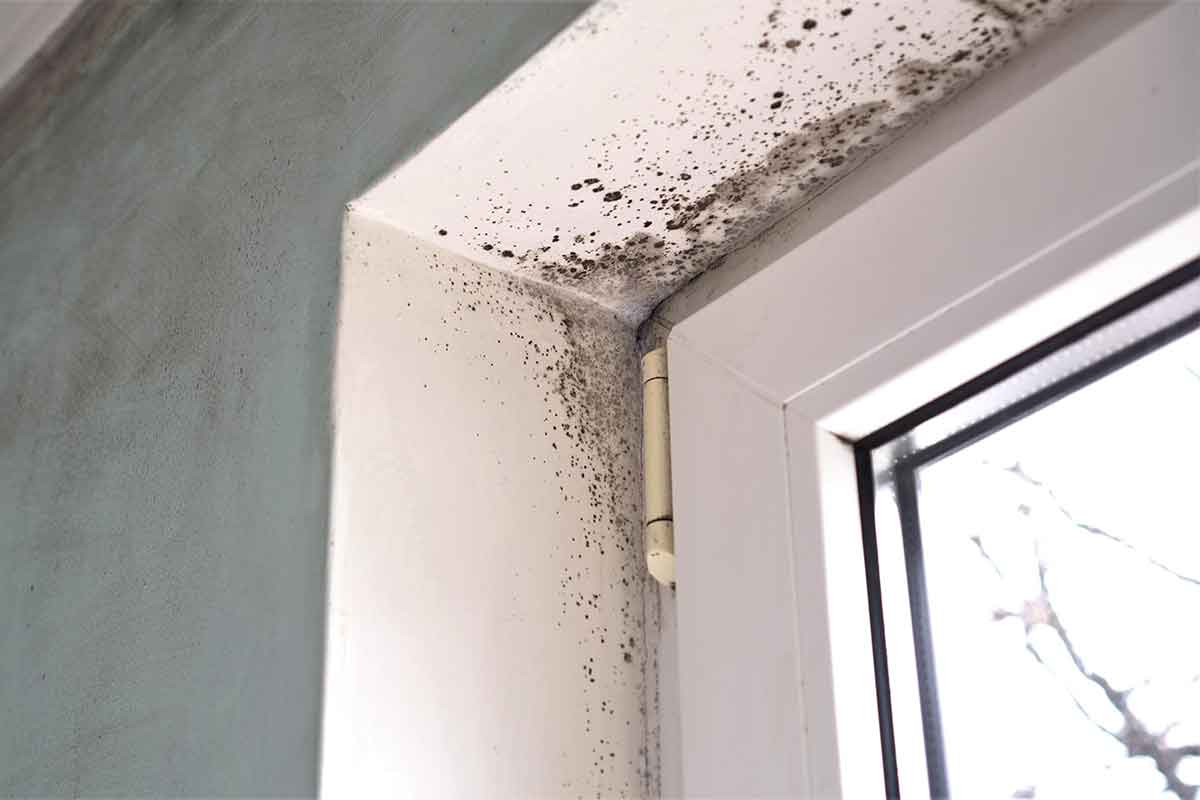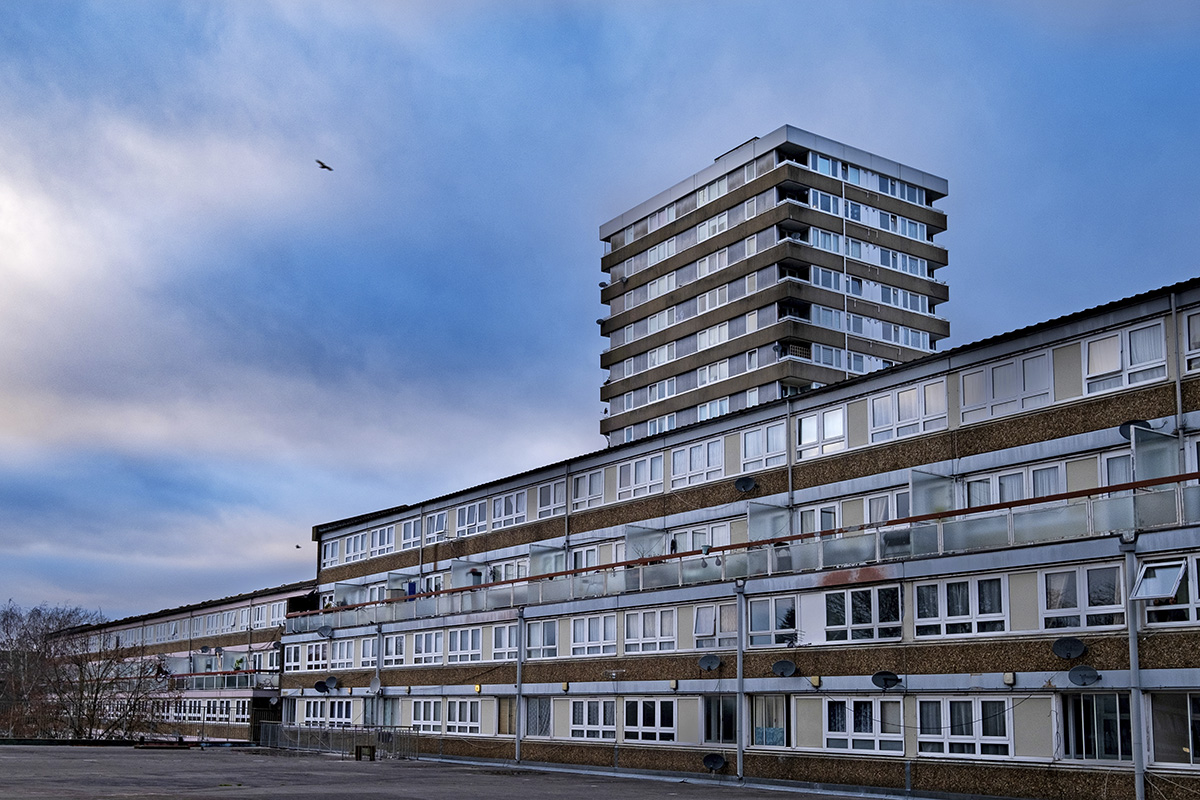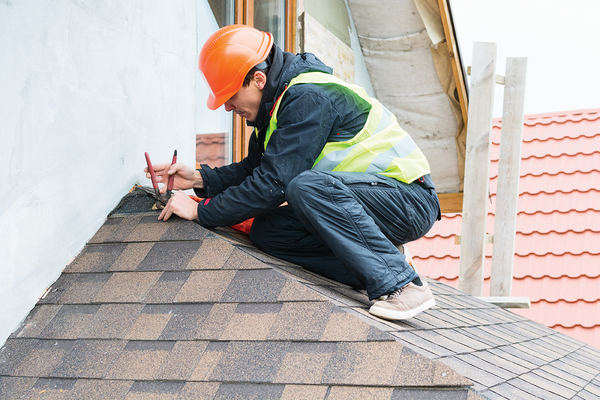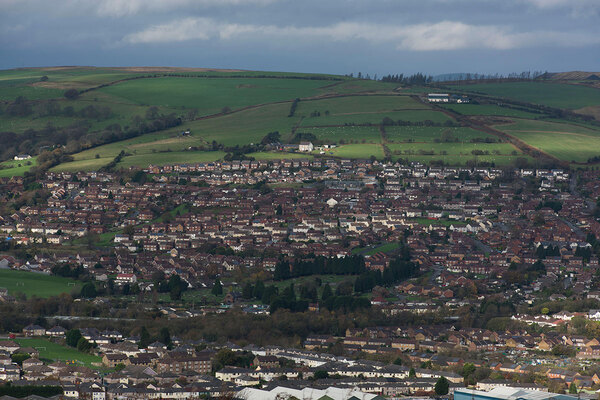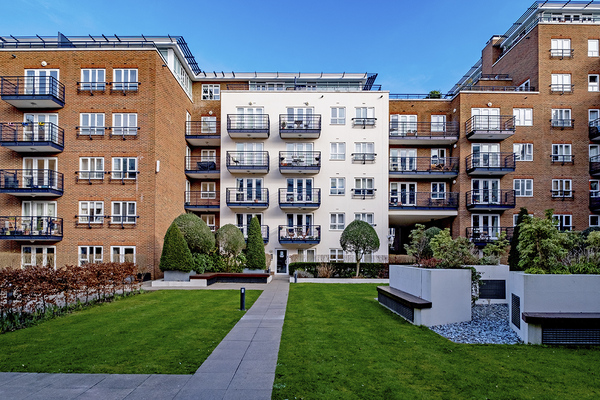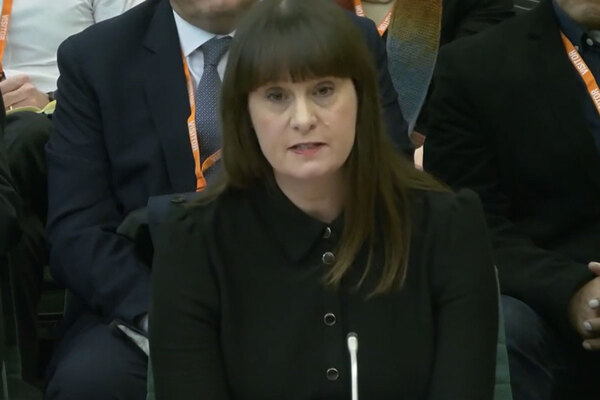You are viewing 1 of your 1 free articles
‘Notable’ damp and mould affects up to 160,000 social homes in England, says regulator
A damp and mould crisis in English social housing has left up to 160,000 homes with ’notable’ problems, with a further 8,000 so severe that they “pose a serious and immediate risk to health”.
These are the shocking estimates provided by the Regulator of Social Housing (RSH), following an investigation into the widespread issue with damp and mould in the sector launched in the aftermath of the inquest into the death of two-year-old Awaab Ishak.
In a report today, the RSH said between 120,000 and 160,000 of the four million social homes in England have “notable” amounts of damp and mould, or category three hazards.
Between 1% and 2% – 40,000 and 80,000 – have serious category two damp and mould hazards, as assessed by the Housing Health and Safety Rating System (HHSRS). Meanwhile, 8,000 homes have the most serious category one hazard, which implies a serious and immediate threat to health.
According to the report, councils reported proportionately more category one hazards than housing associations.
However, the RSH said the picture was incomplete and that most providers could improve their knowledge of their homes. It also said some had submitted “poor” responses and others had no data on damp and mould at all.
It comes as a parallel report by the Housing Ombudsman, which castigated the sector for its slow implementation of specific policies on the issue despite soaring complaints.
The findings come after the regulator wrote to all social landlords in November requesting they provide assurance that they have a “clear understanding and strong grip on damp and mould issues in their homes” and are addressing risks to tenants.
Councils and housing associations with more than 1,000 homes were asked to provide evidence of their approach to dealing with damp and mould.
Those with fewer than 1,000 homes will have to inform the regulator immediately if they are not taking action to remedy damp and mould or do not have a comprehensive understanding of the extent of potential damp and mould issues in their homes.
The demand followed the conclusion of the inquest into Awaab’s death.
The coroner ruled that he died from prolonged exposure to mould in his social home, even though his family made repeated complaints to Rochdale Boroughwide Housing, the association that owned the flat.
Social landlords had until 19 December to respond and the regulator has published its initial findings today.
It found that most social landlords understand the extent of damp and mould in their tenants’ homes and have taken action to tackle it, but could strengthen their approach.
It found that although the majority of social tenants live in homes that are free from damp and mould, for those who do live with it, the issue can have a serious impact on their health and well-being.
“It is essential that landlords identify and address these issues promptly and effectively,” the regulator said.
The RSH said that most landlords demonstrated that they take the issues seriously and reported making improvements in how they handle damp and mould cases over the past year.
However, a minority of landlords submitted poor-quality responses that “lacked the detail needed for RSH to have confidence about their approach to tackling damp and mould”.
Poorer responses relied more heavily on reactive approaches to identifying problems than proactively looking for evidence of damp and mould through surveys of their homes.
They had less data or refreshed their data less frequently, had weaker evidence about their assurance, oversight and understanding of the condition of homes.
“A poor-quality response does not necessarily mean the provider has a poor approach, but does mean that we will need to look more closely at what they are doing to tackle damp and mould effectively,” the regulator said.
As a result, the RSH will follow up directly with those landlords, as well as those reporting high numbers of cases of damp and mould.
It said it will take regulatory action where needed.
According to the regulator, the strongest responses from landlords “demonstrated robust data” on the condition of tenants’ homes.
They also had robust processes for investigating and fixing the root causes of damp and mould and had good oversight from boards and councillors.
They regularly refreshed data on stock condition, repairs performance, and identified hazards.
The landlords also had case triaging in place, escalation routes, and response time targets and appropriately considered the needs of specific tenants, including any vulnerabilities. They used specialist staff or contractors.
According to the report, landlords recorded and submitted information about the number of damp and mould cases they had in a variety of ways.
“These included snapshot estimates on a particular day, the numbers of cases identified over a surveying cycle, only reporting the most serious cases and, in the weakest responses, estimates based on old or incomplete data or no information at all.
“This makes it difficult to accurately assess the extent of damp and mould in the sector overall,” the report said.
But from the information received the regulator said it was able to extrapolate estimates.
On the HHSRS category one findings, the regulator said: “These are not acceptable conditions for tenants to be living in, even if the proportions are relatively small.
“Local authorities reported proportionately more cases than private registered providers.
“Providers with the best understanding of their homes are more likely to have provided accurate figures about damp and mould.
“Providers who have a weaker understanding may have under – or over – estimated the extent of damp and mould in tenants’ homes.
“This makes it particularly important to follow up with the providers who supplied poor-quality information.”
Fiona MacGregor, chief executive of RSH, said: “Tenants deserve quality services and homes that are safe and of a decent standard.
“Where there are issues, landlords need to act now to put things right, before we start our active consumer regulation including inspections of providers.
“We expect all providers to continue to look at how they can improve the way they identify and address damp and mould.”
Sign up for our asset management newsletter
Already have an account? Click here to manage your newsletters
